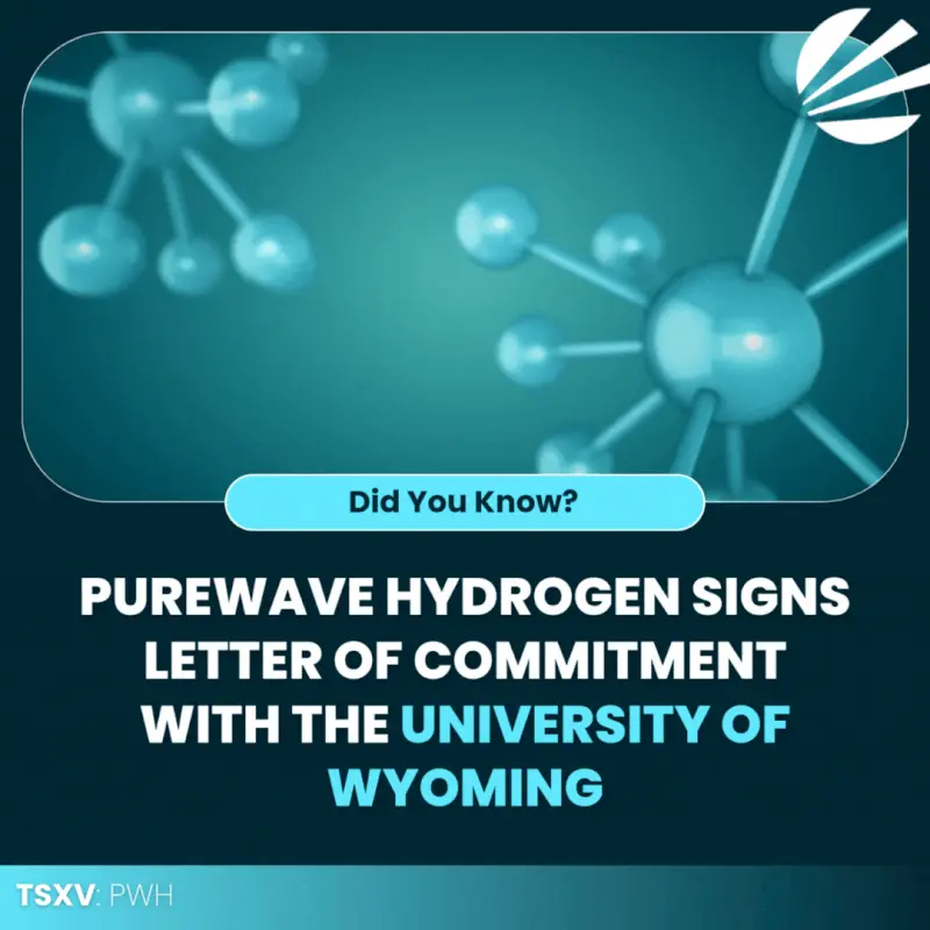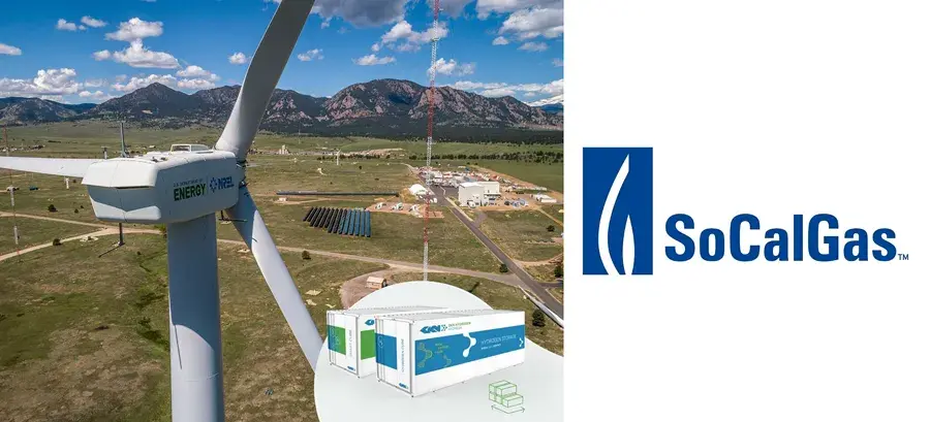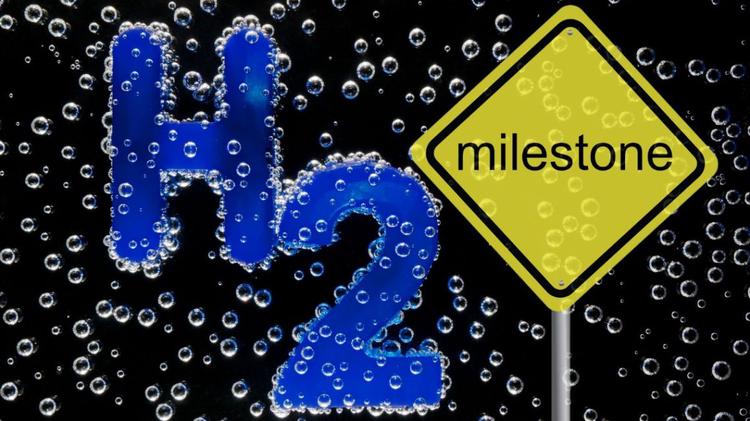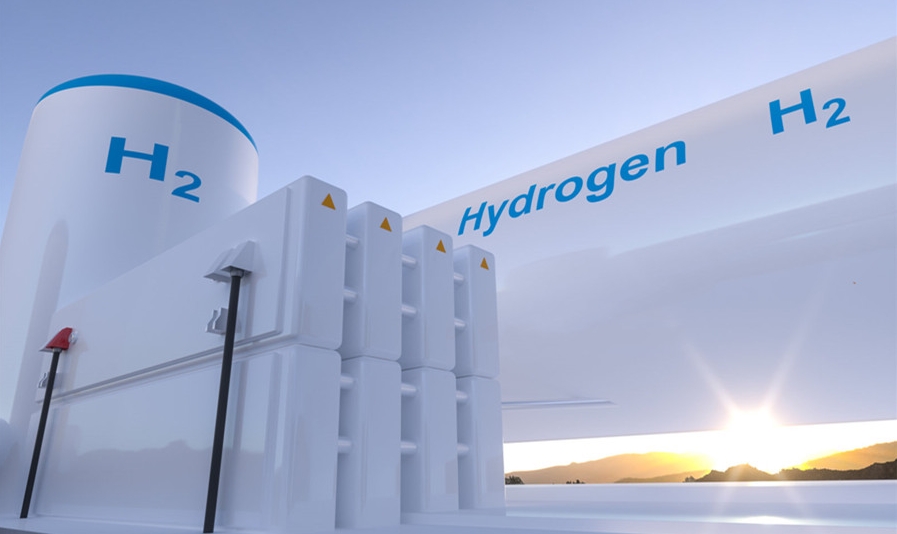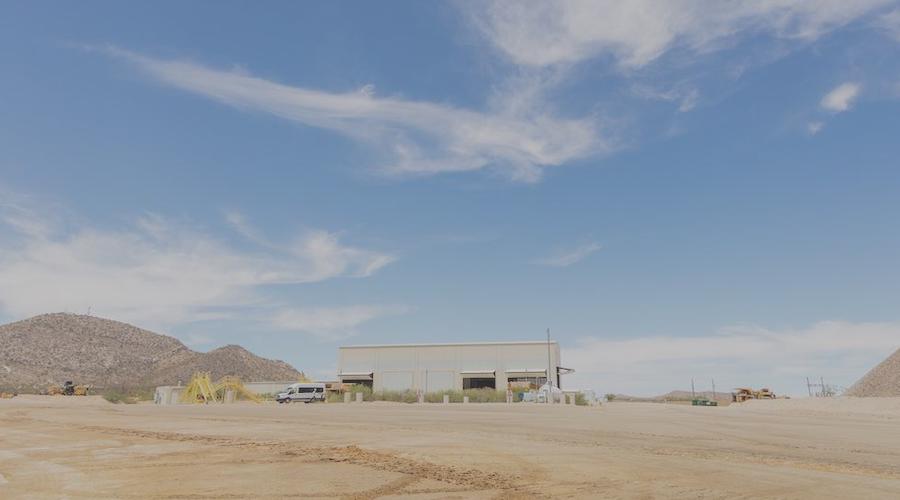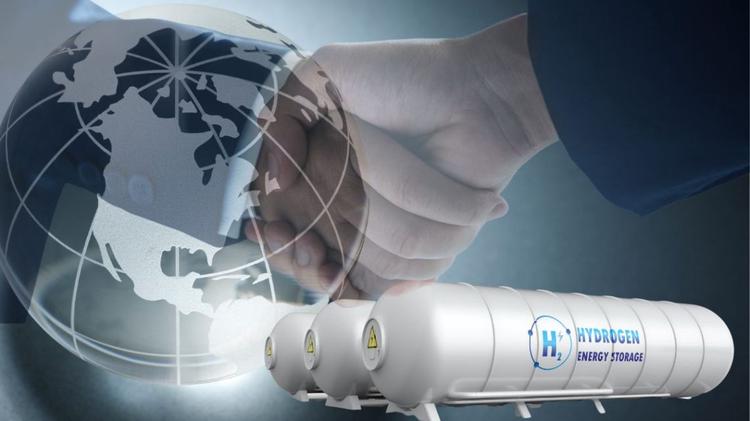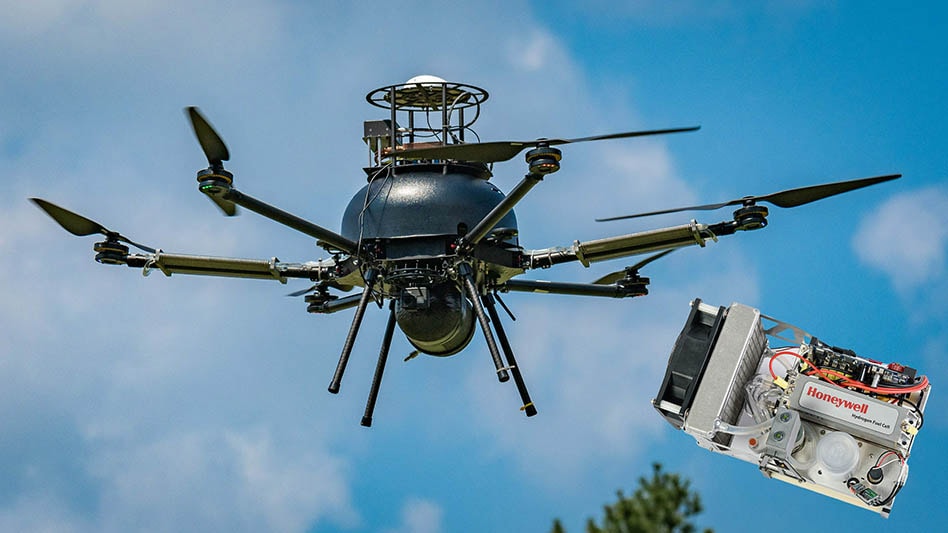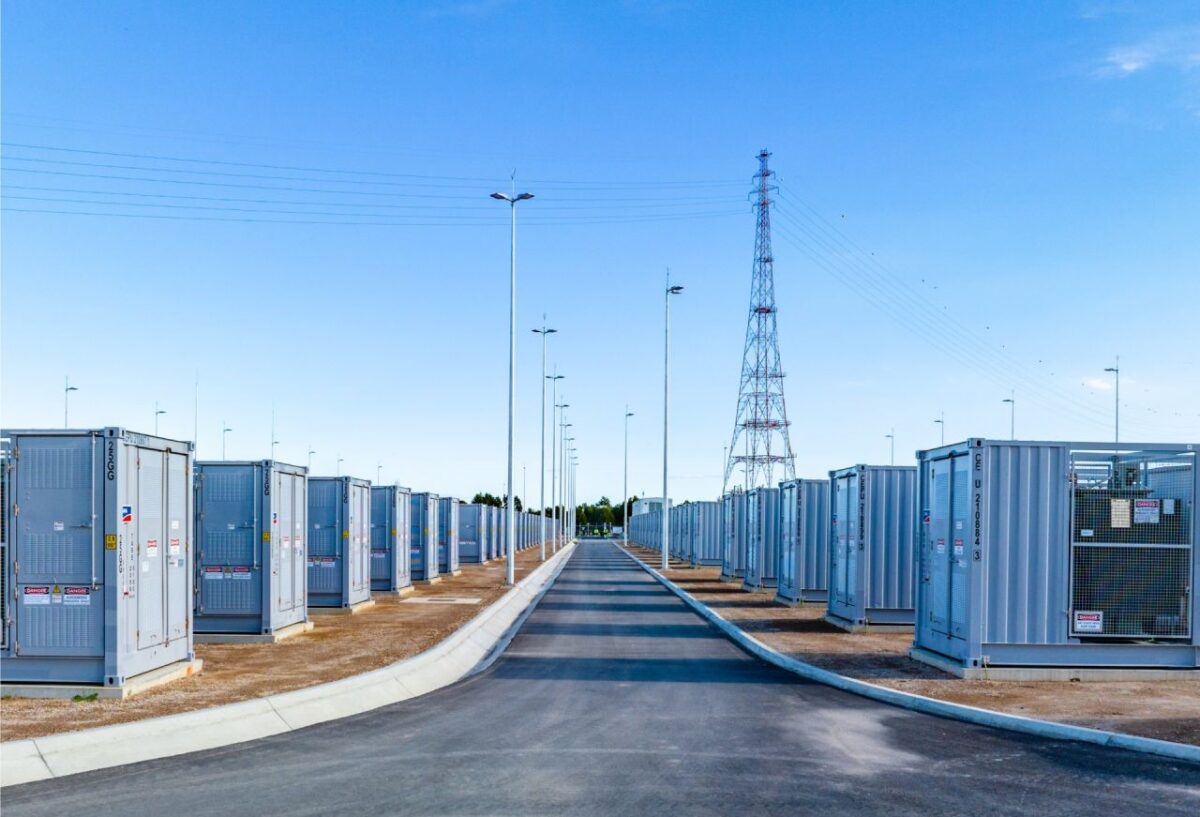 AGL and United State-headquartered energy technology company SLB have signed a memorandum of understanding (MOU) to pilot a nickel-hydrogen battery – expected to be the first of its kind in Australia – at AGL’s Torrens Island site in Adelaide.
AGL and United State-headquartered energy technology company SLB have signed a memorandum of understanding (MOU) to pilot a nickel-hydrogen battery – expected to be the first of its kind in Australia – at AGL’s Torrens Island site in Adelaide.SLB will supply AGL with a 180 kW/360 kWh nickel-hydrogen battery for the two-year pilot program which is expected to commence in 2025. The pilot project will test the operational performance of the technology, with the battery providing storage for on-site power use.
Travis Hughes, general manager of AGL’s Energy Hubs unit, said nickel-hydrogen battery technology is an example of the battery technologies the company is exploring as part of its broader ambition to add up to 5.9 GW of firming capacity to its portfolio by 2035.
“This is the first new battery technology AGL is piloting since it established an emerging battery technology team,” he said, noting that nickel-hydrogen technology could be a potential alternative to the lithium-ion solutions that currently dominate the stationary energy storage market.
“Nickel-hydrogen batteries have been identified as a technology which may offer different benefits when compared with lithium-ion batteries such as the potential for a longer cycle life, the potential to withstand a greater temperature operating range – meaning more potential applications and reduced need for cooling – and the potential cost benefits associated with these advantages,” he said. “Exploring and testing innovative technologies as they are developed and bringing them to market at scale is critical as we try to accelerate our efforts to transition our business over the coming decade.”
While the Torrens Island pilot is expected to be the first deployment of a nickel-hydrogen battery in Australia, the technology is not new. Nickel-hydrogen batteries consist of a stack of electrodes inside a pressurised gas tank. The cathode is nickel hydroxide and the anode is hydrogen. When the battery is charging, a catalytic reaction generates hydrogen gas. During discharge, the hydrogen oxidises and converts back to water.
The technology has been used for decades in aerospace applications but the use of expensive platinum catalysts has ruled out the use of the batteries in grid-scale scenarios.
SLB said that has now changed with California-based battery startup EnerVenue having made a breakthrough in catalyst design, swapping out the platinum catalyst for an inexpensive nickel-molybdenum-cobalt alloy catalyst.
EnerVenue said its nickel-hydrogen batteries can last for 30,000 charge cycles, are fireproof, and outperform lithium-ion batteries on a number of key metrics for energy storage at the large scale.
If the potential benefits of the nickel-hydrogen battery are verified during the pilot, the next step for AGL could be to explore the development of a grid-scale project using the same technology.
SLB Vice President of Energy Storage Oktay Sancar said the Torrens Island pilot project will help de-risk the technology by augmenting the solutions with advanced system design, integration and deployment optimisation.
“This type of collaboration will set the stage for the next generation of utility-scale applications,” he said.
The announcement follows the opening of AGL’s 250 MW/250 MWh battery energy storage system at Torrens in August 2023. That system uses lithium iron phosphate technology.
AGL aims to add about 12 GW of generation and firming by the end of 2035 – comprised of up to 6.3 GW of renewables and 5.9 GW of firming.
